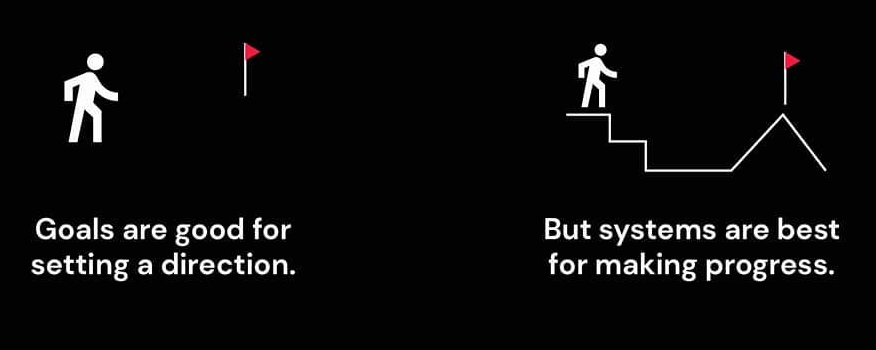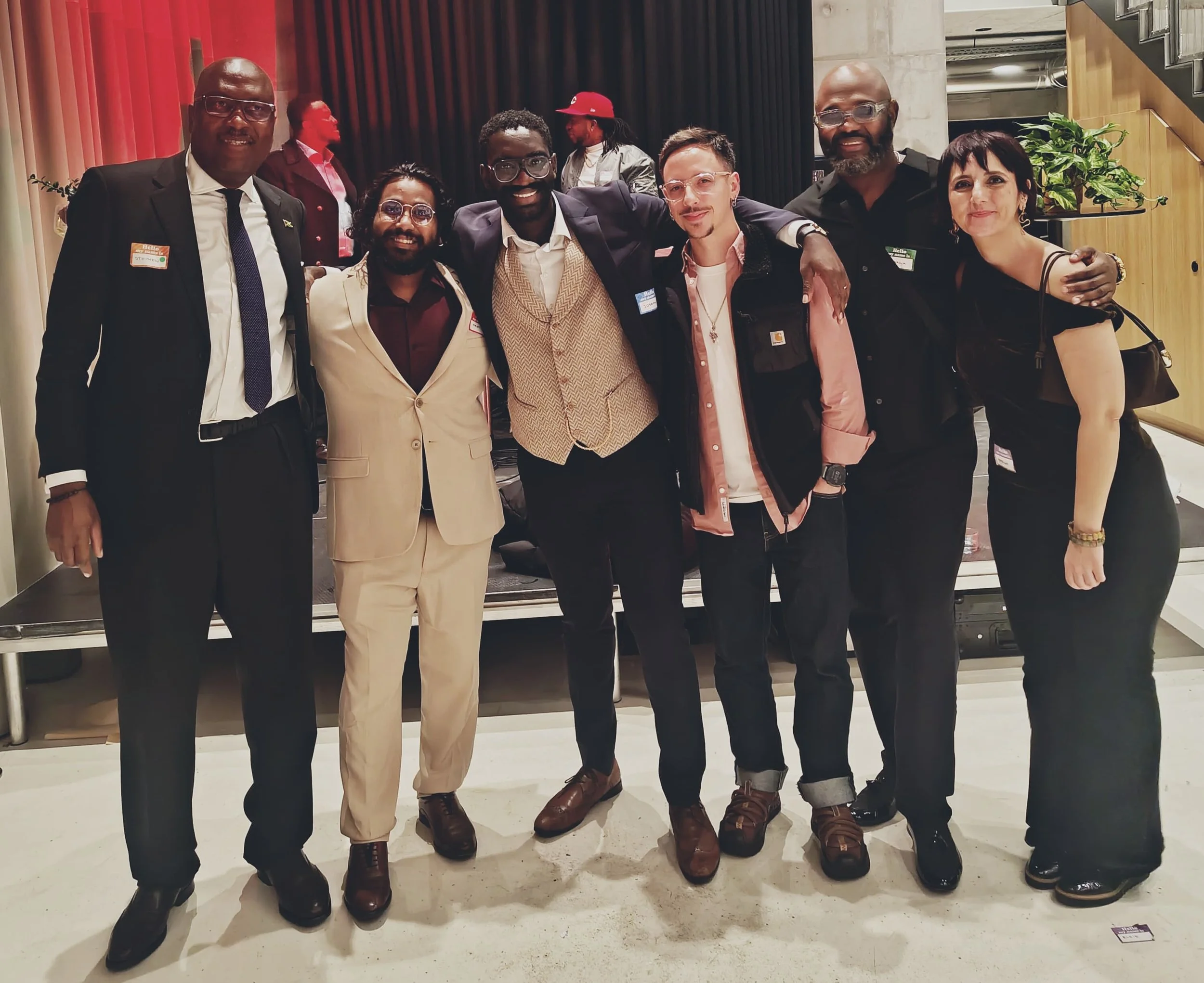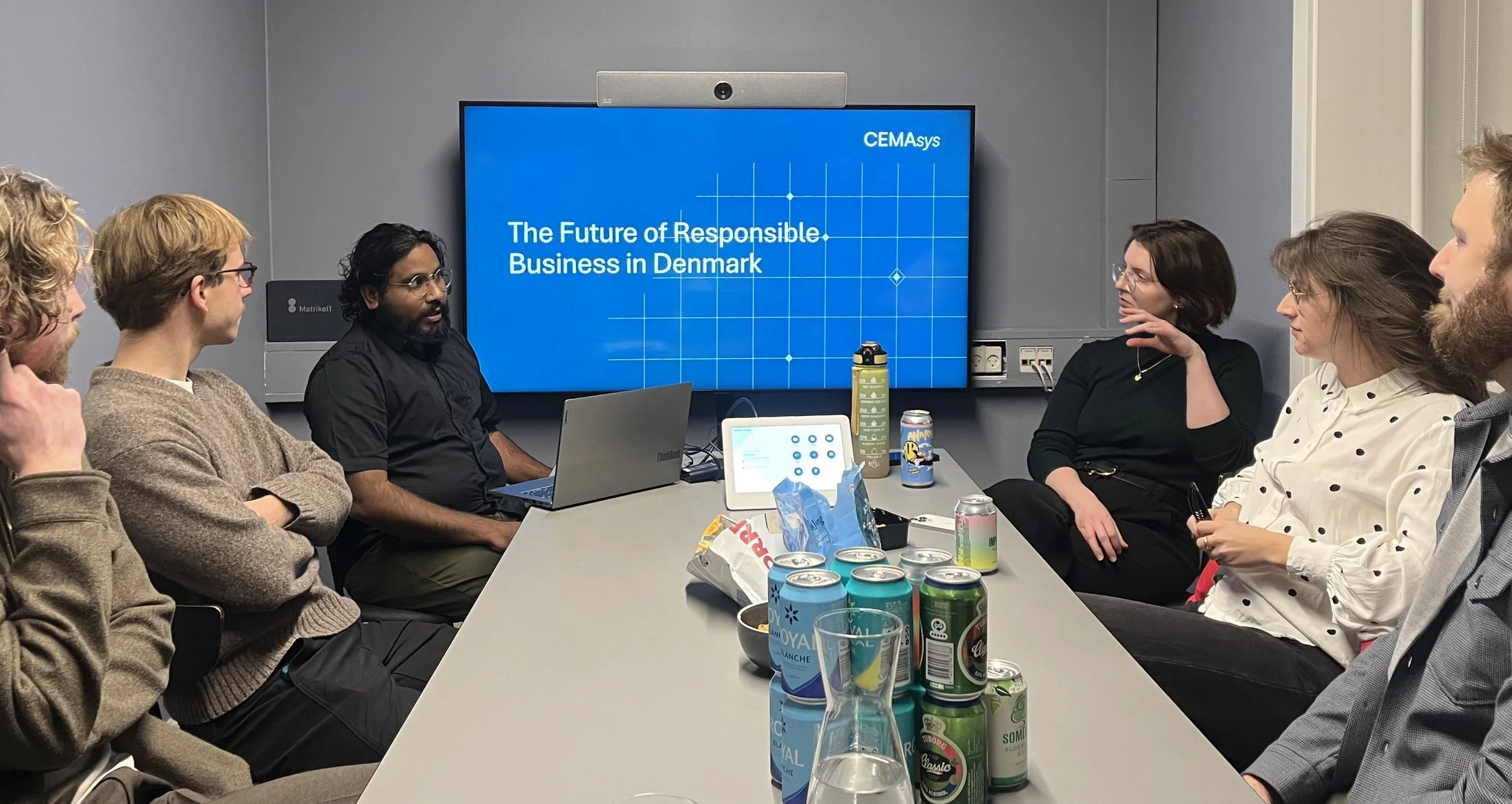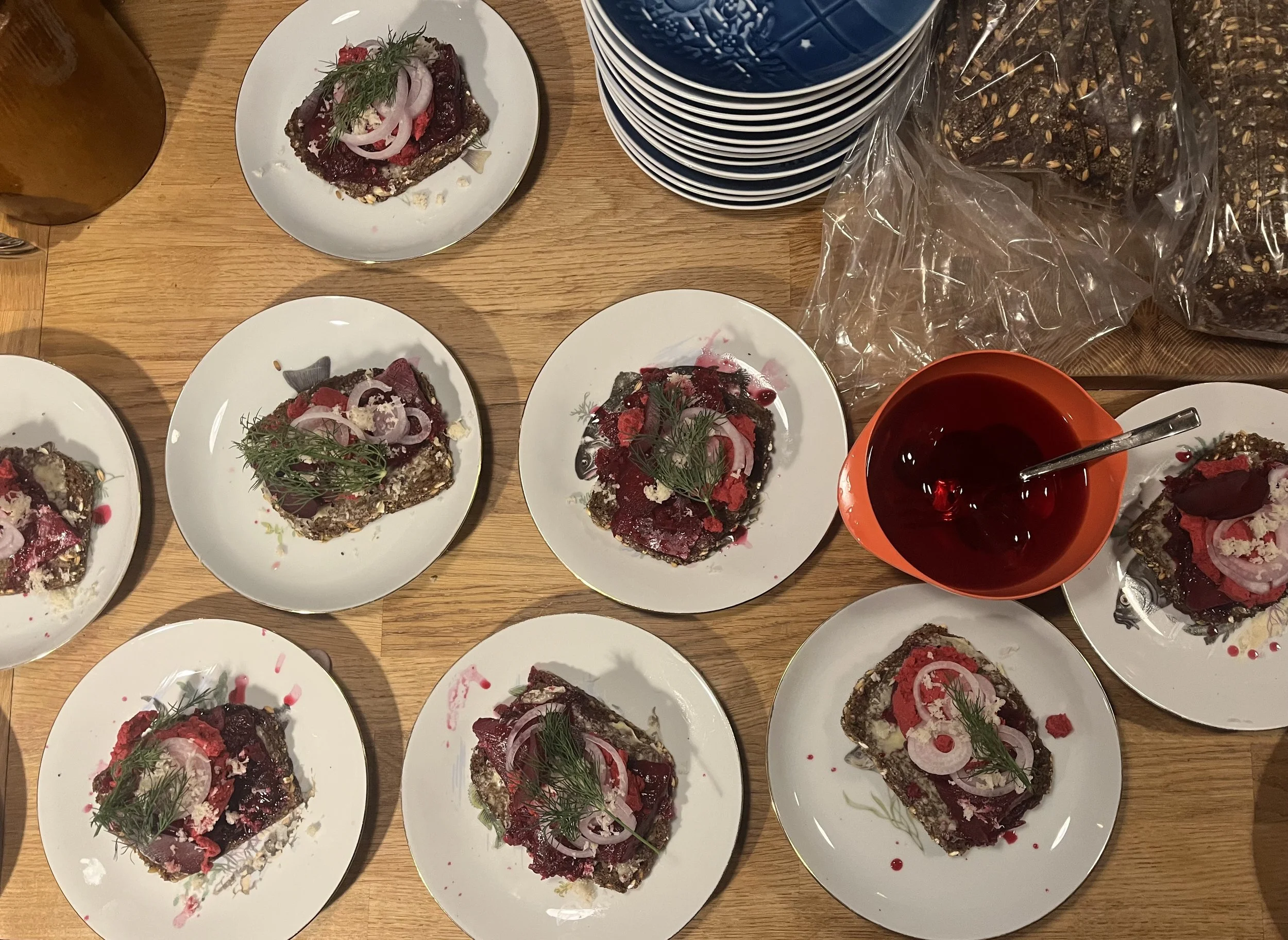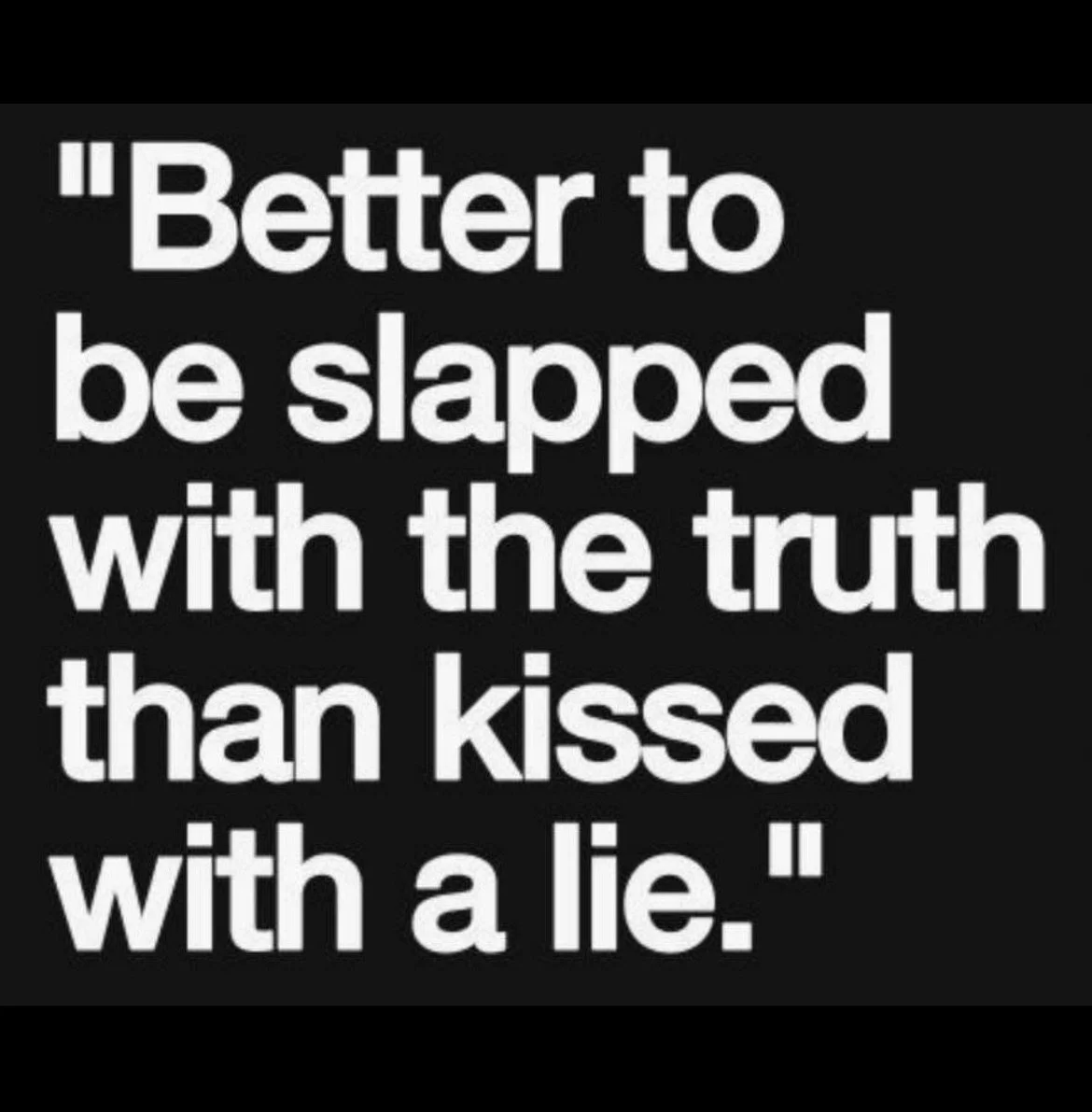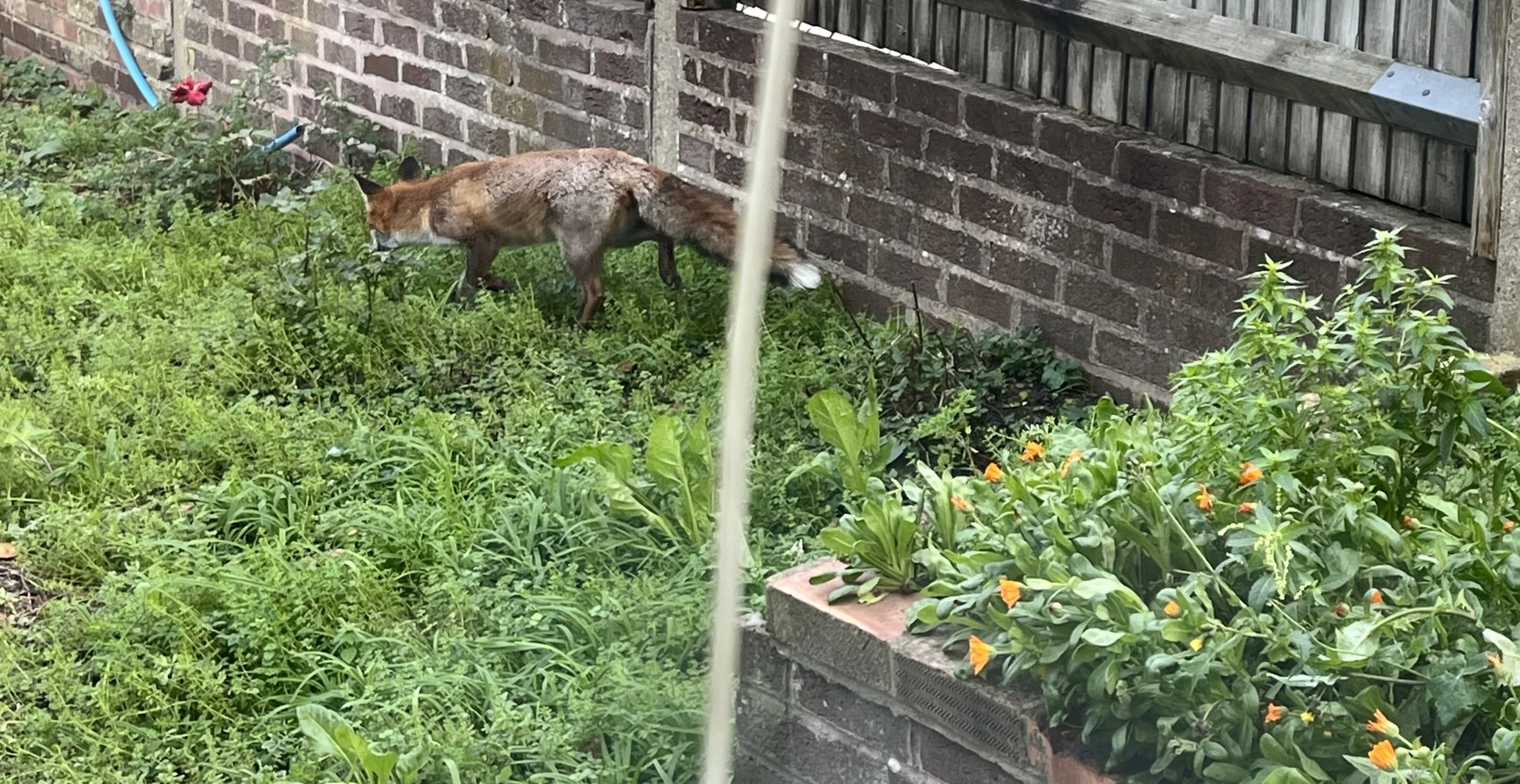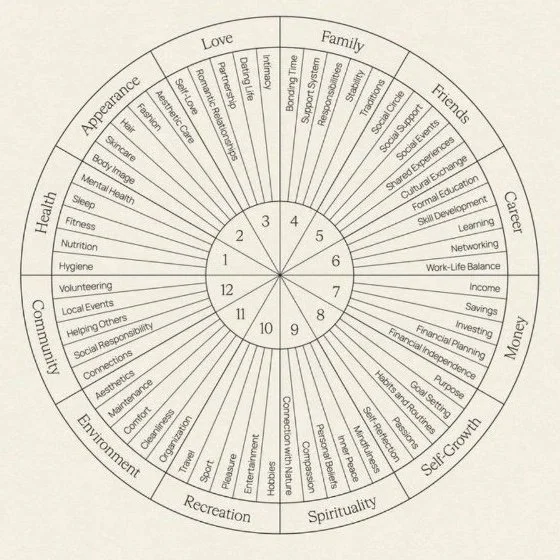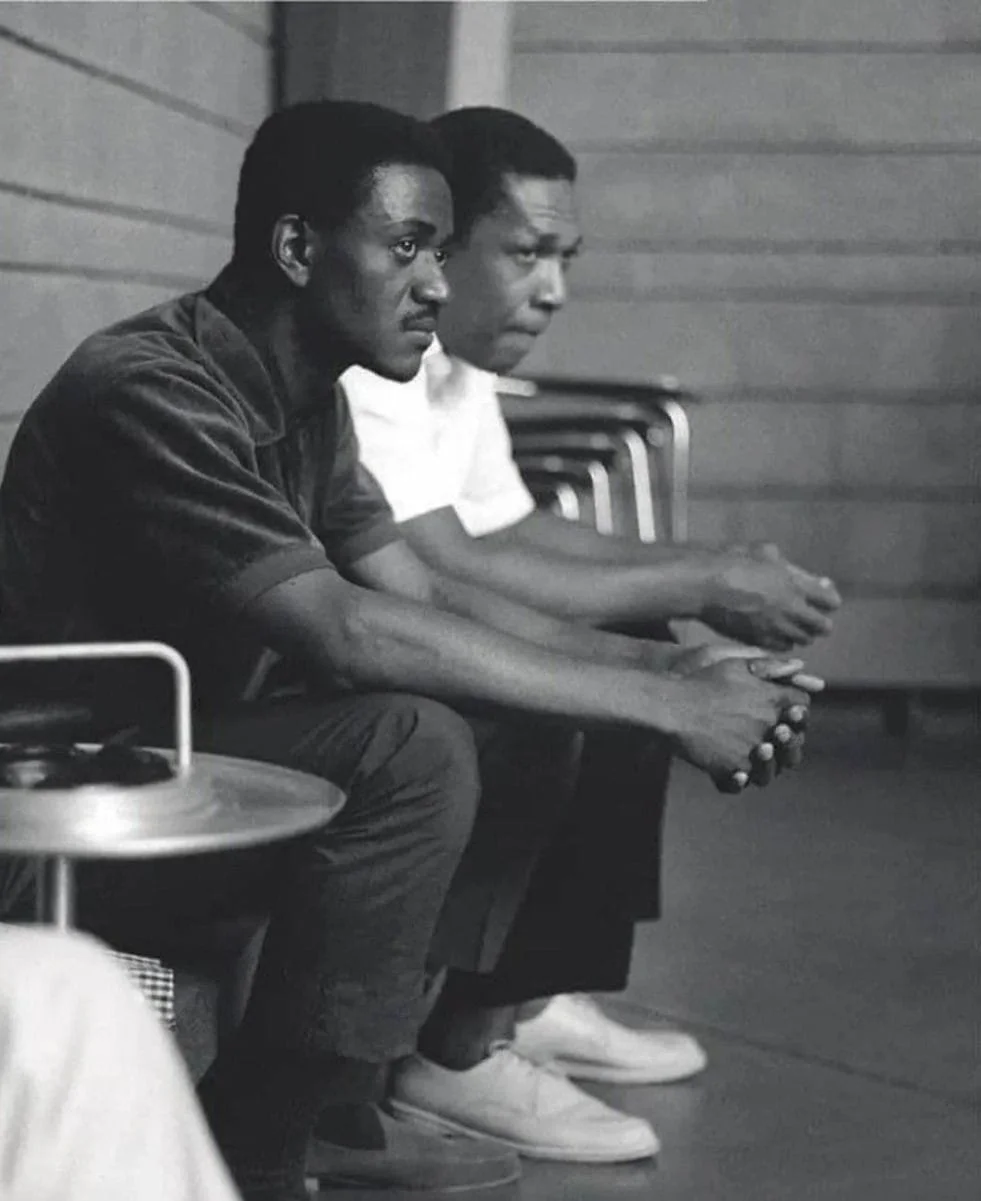Does your organisation have a culture of silence?
A culture of silence poses a significant threat to psychological safety. When fear becomes part of the environment, people hold back their ideas, concerns, and insights. This often happens when the message challenges existing norms or raises uncomfortable truths. Even when someone does speak up, colleagues may overlook the comment, minimise the concern, or fail to engage with genuine curiosity.
Here's an example of psychological bravery: A team member notices that a project is heading in the wrong direction because key assumptions are no longer valid. The project has high visibility, senior leaders are heavily invested, and no one has questioned the approach before. Speaking up may risk being seen as difficult, negative, or disruptive.
Despite this, the team member raises the issue during a meeting. They explain the data, outline the risks, and offer alternative paths forward. They speak calmly and respectfully, with a focus on transparency and shared responsibility, even though the message is uncomfortable. I think this action represents psychological bravery because it invites openness in a situation where silence may feel safer. The person places collective success above personal comfort, which strengthens trust, accountability, and learning within the team. What do you think?
